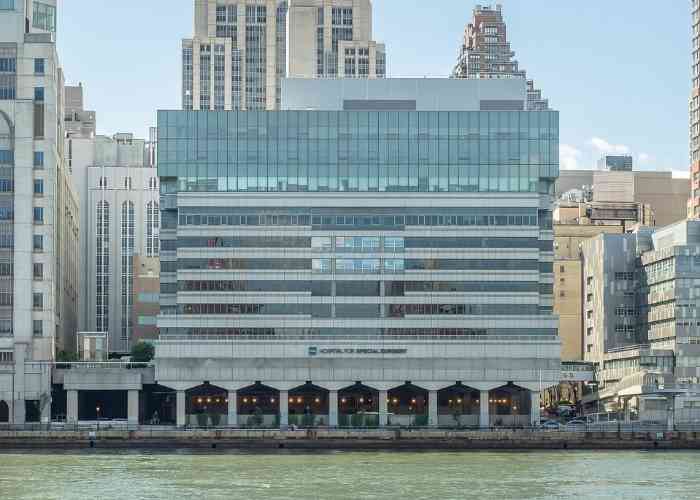What is the anatomy of the elbow?
The elbow is a hinge joint, similar to the knee. However, the anatomy of the elbow allows for rotational movement. The elbow connects the humerus (upper arm bone) to the radius and ulna (forearm bones). Like the other joints in the body, the elbow is supported by strong ligaments, tendons and cartilage that all aid in the strength and movement of the elbow. Elbow injuries can be extremely painful and, if severe, can cause the loss of range of motion, strength and use of the elbow. Dr. Answorth A. Allen, orthopedic elbow specialist, offers years of experience and success for patients in Manhattan, New York City and the surrounding New York boroughs who have experienced an elbow injury.
What bones make up the elbow?
The elbow is formed by three bones:
- Humerus: largest bone in the arm, found on the upper arm. The humerus is involved in both the elbow joint and the shoulder joint.
- Radius and Ulna: two bones found in the lower arm, or forearm. The radius is located on the side of the thumb, while the ulna is located on the side of the pinky-finger.
What are the important ligaments in elbow anatomy?
The elbow is supported by three main ligaments that are crucial in providing stability. These ligaments include:
- RCL: Radial collateral ligament, this connects the humerus to the radius on the outside of the elbow. The RCL keeps the elbow stable during movement.
- UCL: Ulnar collateral ligament, this ligament is similar to the RCL. The UCL connects the humerus and the ulna on the inside of the elbow.
- Annular ligament: This ligament connects the radius and the ulna. The annular ligament maintains stability between the bones of the forearm during movement.
What are the other important structures of the elbow?
The elbow is supported by muscles and tendons that allow for carrying, throwing and forceful movements. Several important nerves also travel through the elbow complex, giving the fingers feeling and allowing for touch and hand function. These structures are:
- Median, Radial and Ulnar Nerves: These three important nerves allow the sensation and function of the hand, fingers and forearm.
- Flexor and Extensor Muscles: These important muscles allow wrist and finger motion.
- Biceps and Triceps Tendons: These attachments connect the muscles to the bones of the elbow, allowing the elbow to bend or straighten. The biceps and triceps give strength and stability to the arm.
- Cartilage: The ends of the bones are covered in a slick, shiny substance called cartilage. The cartilage allows the bones to move together smoothly and without pain. The cartilage in the elbow is thinner than in the weight-bearing joints but is susceptible to damage if there is an elbow injury.
What are common elbow injuries?
Dr. Allen can treat a variety of elbow injuries for patients in the New York area. Common elbow injuries include:
- Biceps Tendon Tear
- Distal Biceps Tendon Tear
- Distal Triceps Tendon Injury
- Golfer’s Elbow
- Tennis Elbow
For more resources on the anatomy of the elbow, or if you are experiencing elbow pain and loss of the range of motion of your elbow, please contact the office of Answorth A. Allen, MD orthopedic elbow specialist serving Manhattan, New York City and the surrounding New York boroughs.






